Kingdom Fungi Scientific name Sparassis Rank Genus | Division Basidiomycota Higher classification Sparassidaceae | |
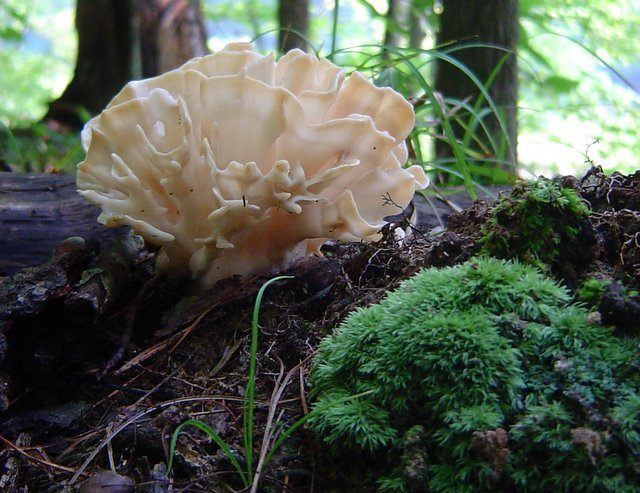 | ||
Similar Sparassis crispa, Ramaria, Sparassis laminosa, Sparassidaceae, Sparassis brevipes | ||
Cauliflower mushroom sparassis crispa soup recipe
Sparassis (also known as cauliflower mushroom) is a genus of parasitic and saprobic mushrooms characterised by their unique shape and appearance. This appearance can be described as similar to a sea sponge, a brain, or a head of cauliflower, from which it has been given its popular name.
Contents
- Cauliflower mushroom sparassis crispa soup recipe
- We find a cauliflower mushroom sparassis crispa
- Species
- Edibility
- References
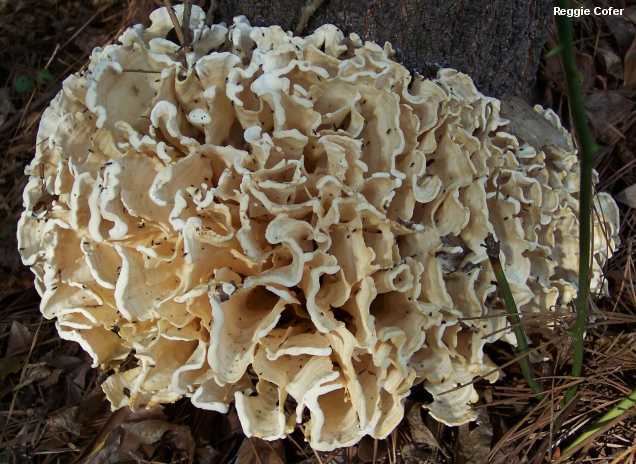
They are increasingly cultivated and being sold in Korea, Japan, United States and Australia.
The generic name comes from the Greek sparassein meaning to tear.
We find a cauliflower mushroom sparassis crispa
Species
There are seven species in the genus:
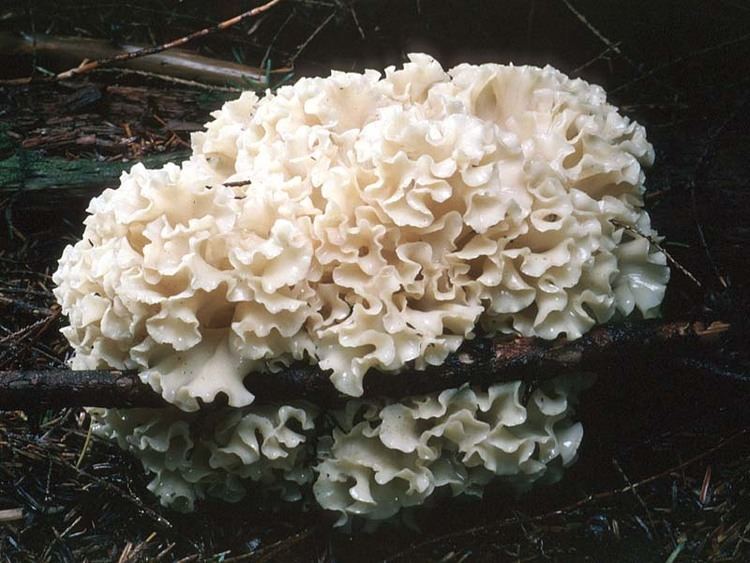
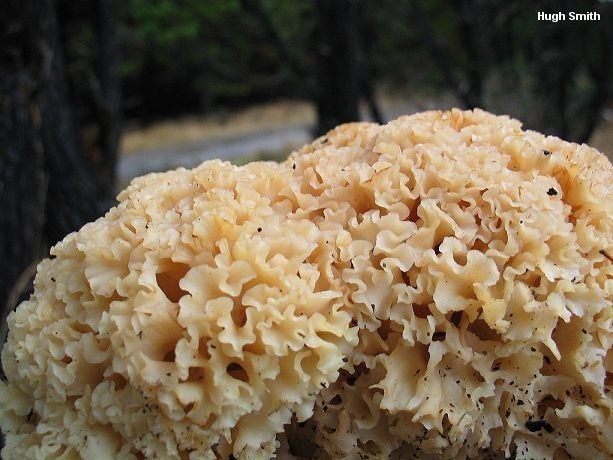
The best-known and most widely collected species of Sparassis are S. crispa (found in Europe and eastern North America) and S. radicata (found in western North America). These species have a very similar appearance and some authorities treat them as conspecific. Their color can range from light brown-yellow to yellow-grey or a creamy white cauliflower colour. They are normally 10 to 25 cm tall, but can grow to be quite large, with reported cases of fruiting bodies more than half a meter tall and 14 kg in weight. Because of their unique look and size, they are unlikely to be mistaken for any poisonous/inedible mushrooms. They grow as parasites or saprobes on the roots or bases of various species of hardwoods, especially oak, and conifers, and hence are most commonly found growing close to fir, pine, oak or spruce trees.
Edibility
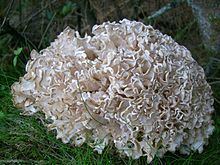
Sparassis crispa can be very tasty, but should be thoroughly cleaned before use, as the folds can contain dirt and other material, as it grows and envelops objects around it such as pine needles. Antonio Carluccio reports that European Sparassis crispa should be picked when creamy white, and once yellow are too indigestible to eat. It is good for drying and reconstituting, as it retains its cartilaginous texture and hence is good for soups.
Experiments suggest that S. crispa contains chemicals which may stimulate the immune system and have anti-tumor properties.
